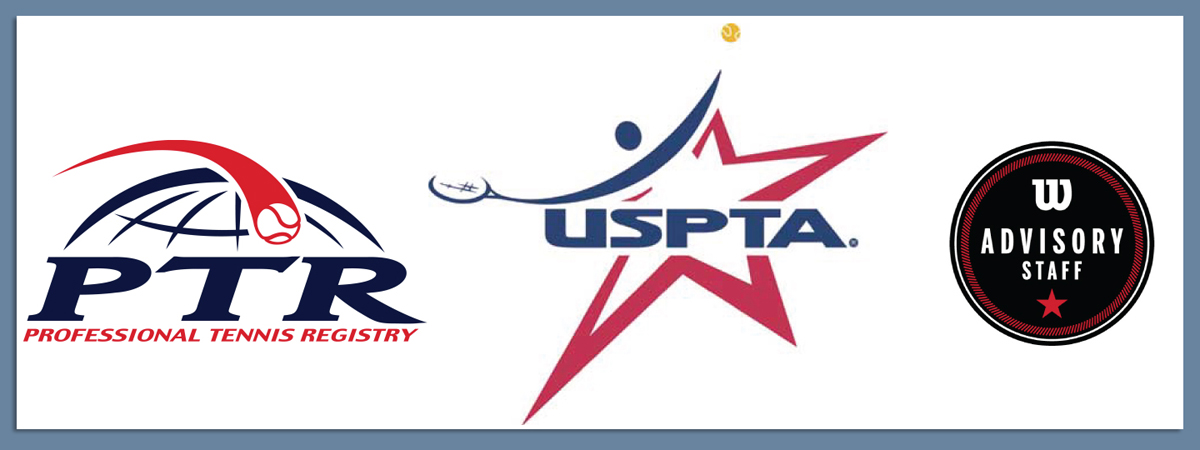Doubles Styles of Play and Formations
One Up, One Back
Teams that play one up, one back are just playing singles with an observer stationed at the net. This is the easiest team to beat. The one up, one back formation leaves a big hole between the baseline and net player. This puts a premium on an efficient baseliner. Remember to hit shots in consideration of your partner’s position. At the 3.0 level, the back player is trying to keep the ball low enough to avoid damage to his defenseless net player.
Two Net Rushers
Conventional doubles is played by two net rushers whose goal is to control the net. It is a vast improvement over the above style of play, but has drawbacks. Angled volleys are possible gaining the advantage within the point. The ability to punish baseliners with drop volleys is also a plus. But questions about this style of play arise. Specifically, who covers the crosscourt lob? With both players on the net, the crosscourt lob will be a winner because the angle of the ball is running away from the team. Who takes the middle ball? The forehand? What if one is a lefty? Is it the player who hit the last ball? And who puts the ball away? Both players?
LEAD Player TRAIL Player
The TRAIL Player or crosscourt player is the consistent player. He positions himself just inside the service line so that the crosscourt lob is not an option for the opponent. He keeps the center net strap between himself and his crosscourt opponent, always remaining in the middle of the probable angles of return. He works to create an opportunity for his partner, the LEAD PLAYER, to end the point. He does this by keeping his volleys low and angled, forcing the weak reply.
Since the team knows that all lobs belong to the crosscourt player, the Lead Player is free to rove the net in search of a put away poach. This player is on the same side of the court as the ball and mirrors the baseline player’s movement. Since the crosscourt player always volleys crosscourt, the ball always ends up in front of the Lead Player. The crosscourt player takes the lob and sets up the point. The Net Player puts the ball away. The ball in the middle first belongs to the Net Player, he will be in position to back up his partner should the need arise. This style of play foils the lob queens, destroys the baseliners with touch and angle volleys, and covers the middle ball more effectively than the conventional wisdom of doubles.
Two on the Baseline
It is used for several reasons. If a team is facing monster serves and are having trouble returning serve, two back is a good tactic. A viable way of getting the ball in play and avoiding the inevitable poach is to position both players behind the baseline, use a variety of lobs and drives, and essentially play defense. This strategy is used as a way of slowing the match down. When that occurs, the defensive court position is useful.
It certainly makes the opposition hit more balls and might make it possible for a team to climb back into the match. The two back defense can also be used strictly on a powerful first serve and abandoned it on the second serve. In that case, two back for that player’s return, but not for the partner who is returning effectively. Starting formations do not reflect a team’s character or playing philosophy. They are used either to intimidate or neutralize the opposition or to camouflage a weakness on their side of the net.

